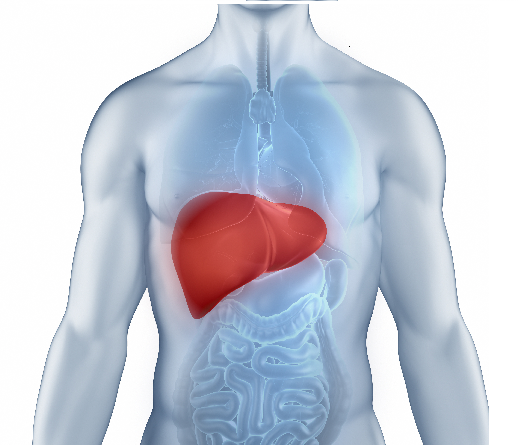Understanding Milk Allergy: Causes, Symptoms, Diagnosis and Risk Factors
A milk allergy is a condition wherein the immune system reacts negatively to milk products. Symptoms can range from minor effects, such as itching, rashes, or tingling, to more severe anaphylaxis. The condition can be diagnosed through a dairy intolerance test, and with treatment, it can get better.
This article explores what a milk allergy is, its symptoms and causes, and how it differs from lactose intolerance.
What is a Milk Allergy?
A milk allergy is the immune system’s abnormal response to milk and milk products. It is usually a reaction to cow’s milk, but milk from other mammals can also trigger the reaction. It occurs soon after consuming milk or milk products, and symptoms vary depending on the individual.
It is a common diagnosis among children and infants—in fact, according to Food Allergy Research and Education in the United States, approximately 2.5% of children under the age of 3 have a milk allergy.
However, most children can outgrow this allergy.
What Causes a Milk Allergy?
The proteins present in milk typically cause a reaction from the immune system. The two types of milk proteins are:
1. Whey
Whey makes up about 20% of the protein in milk. When milk curdles, the liquid byproduct is whey. It is commonly used as a protein supplement.
2. Casein
Milk allergies are often caused by a reaction to cow’s milk’s alpha S-1 casein protein. This protein makes up approximately 80% of the protein in milk and gives it its white colour. It is also present in yoghurt and cheese.
What are Milk Allergy Symptoms?
Symptoms of a milk allergy often start with symptoms of indigestion. Dairy allergy symptoms vary across individuals and include:
– Abdominal pain
– Digestive issues and diarrhoea
– Nausea and vomiting
– Itching and rashes
– Tingling or swelling in the throat, lips, and eye
– Tightness in the chest
– Shortness of breath or difficulty breathing
– Difficulty swallowing
– Wheezing
– Dizziness and loss of consciousness
– A drop in blood pressure
– Anaphylaxis (severe allergic reaction)
Without immediate treatment, many of these symptoms can become dangerous. Anaphylaxis requires immediate treatment and can result in death.
What are the Risk Factors for Developing Milk Allergy?
Here are some risk factors for developing a milk allergy:
1. Other Allergies
Male children with other food allergies, asthma, or allergic rhinitis, among others, are two times more likely to be allergic to cow’s milk.
2. Ethnicity
Evidence suggests that ethnicity may play a role. Some non-Hispanic white and black children are more likely to develop a dairy intolerance.
3. Family History
According to a study published in the Allergy and Asthma Proceedings journal, children with a positive family history of milk allergies are more likely to develop it themselves.
4. Duration of Breastfeeding
According to a study published in the Allergy and Asthma Proceedings journal, children who were breastfed for a shorter amount of time were more likely to develop cow’s milk allergies.
How are Milk Allergy and Lactose Intolerance Different?
A milk allergy and lactose intolerance are often confused for the other, since they have many similar symptoms. However, they are very different. Lactose intolerance occurs when an individual lacks lactase (the enzyme required to metabolise lactose) in the intestines.
A milk allergy, however, is a reaction to the proteins present in milk. Lactose intolerance symptoms can include abdominal pain, nausea, vomiting, diarrhoea, bloating, and gas.
How is a Milk Allergy Diagnosed?
Individuals experiencing milk allergy symptoms should consult a medical professional for diagnosis, who may refer them to an allergist. Before conducting tests, allergists collect information such as family history, symptoms, and the presence of other food allergies. Dairy intolerance tests include:
1. Blood Test
A blood test involves a healthcare professional drawing a small amount of blood. The sample is then tested by adding small amounts of milk proteins and measuring the levels of IgE antibodies in it. Results may take up to a week.
2. Skin Prick Test
In a skin prick test, an area of the individual’s forearm or upper back is cleaned with iodine or alcohol. A medical professional then uses a thin needle to prick the skin with a small amount of liquid containing milk proteins. After waiting a few minutes, the medical professional measures any discoloured or irritated spots on the skin from the milk test with a ruler. This test takes about an hour.
3. Graded Oral Challenge
Sometimes, medical professionals will ask the individual to ingest tiny amounts of milk and observe any reactions. The amount of milk being ingested will gradually increase.
The best way to prevent an allergic reaction to milk is to avoid milk and dairy products. If an individual is experiencing symptoms of a dairy allergy, it is essential to consult a healthcare professional immediately. Doctors may conduct milk allergy tests to diagnose this condition. To book a dairy intolerance test, visit the Dr Lal PathLabs website today.
FAQs
1. Can milk allergy cause itchy skin?
A milk allergy can cause skin irritations like redness, hives, itching, and eczema.














